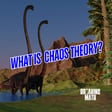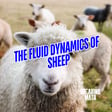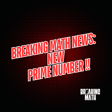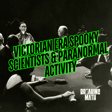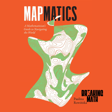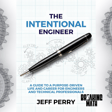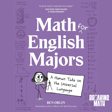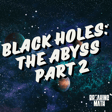
Math in Drag: An Episode with Math Educator Kyne Santos
In this conversation, Gabriel Hesch interviews Kyne Santos, an online creator who combines art, music, and performance in math education. They discuss the intersection of math and music, the controversy surrounding math and drag, and the creative side of math. They also explore topics such as topology, mathematical shapes, and influential books in math. The conversation highlights the importance of challenging traditional definitions and finding new and innovative ways to engage with math education.
Takeaways
- Math and music have a strong connection, and math can be used to analyze, manipulate, and create music.
- Combining art and math education can make learning math more engaging and fun.
- Topology is a branch of mathematics that relaxes the rigid terms used in geometry and focuses on the similarities and differences between shapes.
- Mathematical discoveries can come from playing around and exploring different possibilities.
- Challenging traditional definitions and thinking creatively are important aspects of math education.
Chapters
00:00 Introduction: Best Song Ever Created
02:03 Introduction of Guest: Kyne Santos
03:00 Math and Drag: Combining Art and Math Education
07:45 Addressing Controversy: Math and Drag
08:15 Music and Math: The Intersection
09:14 Mathematical Shapes: Mobius Strip
10:10 Topology vs Geometry
13:01 Holes and Topology
15:14 Topology and Thought Experiments
21:13 Aperiodic Monotiles: New Math Discovery
23:02 New Shapes and Descriptive Rules
25:26 Influential Books: The Quantum Story and Incomplete Nature
27:01 Conclusion and Next Episode Preview
Subscribe to Breaking Math wherever you get your podcasts.
Become a patron of Breaking Math for as little as a buck a month
Follow Breaking Math on Twitter, Instagram, LinkedIn, Website
Follow Autumn on Twitter and Instagram
Folllow Gabe on Twitter.
email: [email protected]

